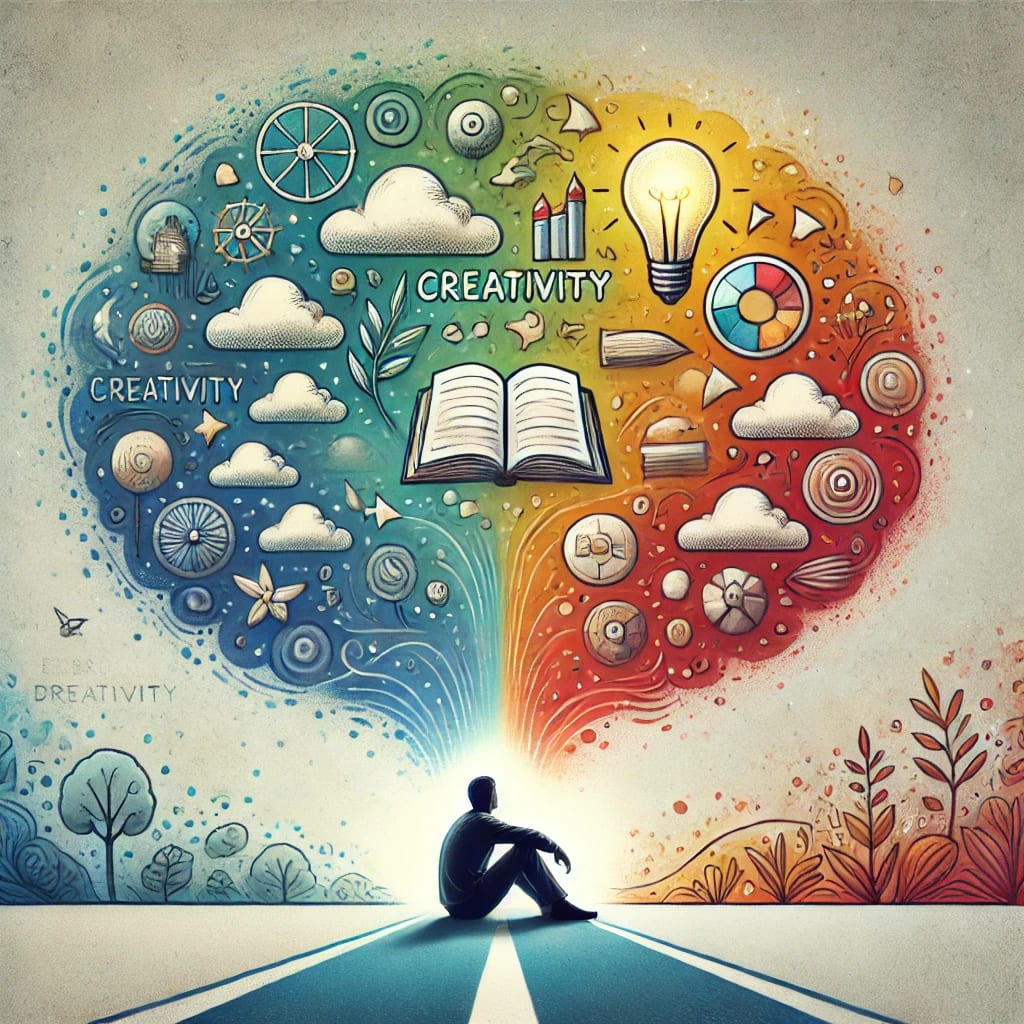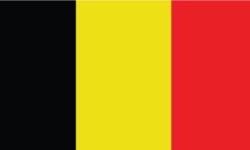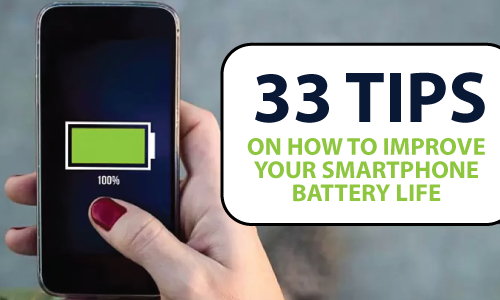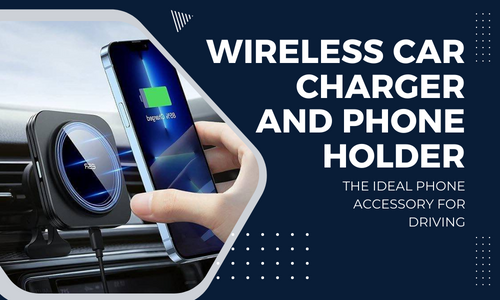In an era where the average person unlocks their phone 150 times daily and consumes 74GB of data every month, our brains are navigating an unprecedented surge of digital stimuli. This constant connectivity isn’t just distracting—it’s rewiring neural pathways, eroding attention spans, and amplifying stress. Drawing on neuroscience and behavioral psychology, this guide offers actionable strategies to reclaim cognitive clarity, emotional resilience, and authentic human connection in a world of endless pings.
The Neurochemistry of Digital Overload
Why Your Brain Can’t Handle 47 Tabs Open
- Dopamine Hijacking: Notifications trigger dopamine surges akin to gambling rewards, creating addiction loops. A 2023 Nature study found smartphone checks activate the nucleus accumbens, the brain’s craving center.
- Cognitive Bandwidth Drain: Multitasking between apps reduces IQ by up to 15 points—equivalent to pulling an all-nighter (University of London).
- The Cortisol Crisis: Constant alerts keep stress hormones elevated, linked to a 43% higher risk of anxiety disorders (APA, 2023).
Research Insight: Blue light from screens suppresses melatonin by 50%, disrupting sleep cycles and impairing emotional regulation (Harvard Medical School).

Beyond “Digital Detox”: Building Sustainable Tech Boundaries
The 20-20-20-20 Rule (Backed by Ophthalmologists)
Every 20 minutes, spend 20 seconds looking at something 20 feet away while exhaling for 20 seconds. This combats digital eye strain and resets the vagus nerve to lower stress.
Time-Blocking for the Always-Connected
- Deep Work Windows: Schedule 90-minute phone-free sessions using apps like Freedom or Focusmate.
- Notification Fasting: Designate 3–5 PM as a “no-alert zone”—a tactic shown to reduce cognitive fatigue by 31% (Journal of Behavioral Addictions).
Case Study: A tech CEO reduced her screen time by 40% using “analog anchors” like a sunrise alarm clock and paper journals.
Next-Gen Mindfulness: Beyond Breathing Exercises
Microdosing Mindfulness
- The 4-7-8 Method: Inhale for 4 seconds, hold for 7, exhale for 8. Repeat 4x to activate the parasympathetic nervous system.
- Sensory Anchoring: Keep a textured object (e.g., lava stone) at your desk. When overwhelmed, focus on its tactile details for 60 seconds to ground yourself.
Biohacking Your Way to Calm
- HRV Training: Apps like Elite HRV use heart-rate variability biofeedback to teach real-time stress management.
- Binaural Beats: Studies show 10Hz alpha waves boost focus, while 4Hz delta waves aid relaxation (Frontiers in Human Neuroscience).
The Hidden Power of Boredom
Why “Doing Nothing” Is a Cognitive Superpower
- Default Mode Network Activation: Unstructured downtime sparks creativity and problem-solving. A 2022 Neuron study linked boredom to 23% higher innovation output.
- Practical Tip: Replace 15 minutes of nightly scrolling with “staring practice”—observe ceiling patterns or candle flames to reactivate this network.
Toolkit:
- Analog Hobbies: Knitting, puzzle-solving, or birdwatching to engage hands and quiet minds.
- “JOMO” Journal: Track moments of Joy Of Missing Out (e.g., reading a book instead of doomscrolling).

Digital Nutrition: Curating Your Cognitive Diet
The Information Pyramid
Just as you monitor food intake, audit your digital consumption:
|
Category
|
Daily Limit
|
“Healthy” Alternatives
|
|
Social Media
|
30 mins
|
Podcasts on skill-building
|
|
News
|
20 mins
|
Long-form journalism (e.g., The Atlantic)
|
|
Entertainment
|
1 hour
|
Audiobooks or documentary films
|
The 24-Hour Content Rule
Wait 24 hours before sharing/commenting on emotionally charged content. This cools the amygdala’s reactivity, reducing online conflict (MIT Media Lab).
Rebuilding Human Connection in a DM-Driven World
The 3D Relationship Framework
- Digital: Use apps like Marco Polo for async video check-ins.
- Dialogue: Weekly voice-only calls to deepen emotional resonance.
- Direct: Monthly in-person “analog adventures” (hikes, pottery classes).
Data Point: Face-to-face interactions increase oxytocin by 300% vs. texting (University of California).
Conclusion: Crafting Your Personal Digital Constitution
Your attention is your most valuable currency. Start small:
- Audit one app’s usage with Screen Time or RescueTime.
- Implement one boundary (e.g., no phones post-8 PM).
- Schedule one weekly “brain bath” activity (forest walk, museum visit).
Final Thought: In 2024, thriving isn’t about unplugging completely—it’s about strategically rewiring your digital life to amplify humanity, not erase it.
Curated Resources


























